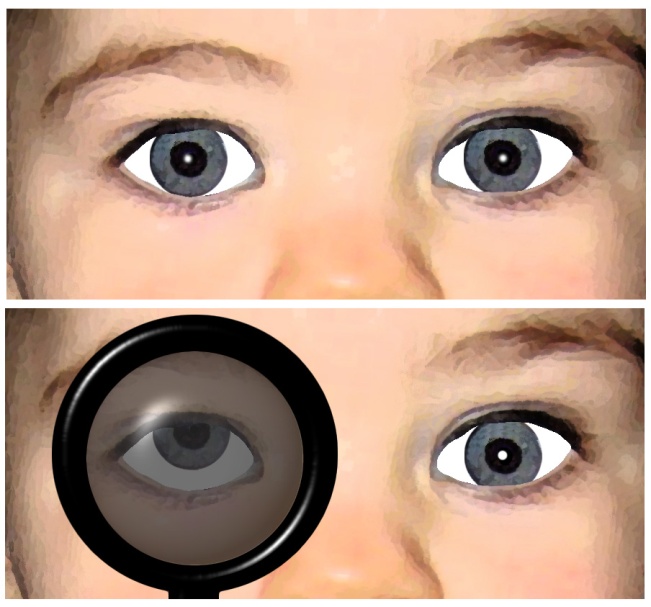The unbonded vertical deviation, also known as DVD (Dissociated Vertical Deviation), is the phenomenon of the upper rotation of the eye when it is covered.
The unbonded vertical deviation, also known as DVD (Dissociated Vertical Deviation), is the phenomenon of the upper rotation of the eye when it is covered.
This is a bilateral condition, but the intensity of the phenomenon between the two eyes usually differs. It may occur alone or in combination with another form of strabismus.
Unlike the lower oblique muscle, hyperfunction, which appears only when the child looks sideways, the disjoint vertical deviation is present in all eye positions, even in the capital.
The DVD has a characteristic reaction to the coverage test. While in all other vertical deviations, the coverage of the "good" eye and focusing with the eye looking up leads to a lower turn of the eye behind the cover, with DVD, the covered eye turns upwards.
The upper turning of the eye usually occurs slowly. The eye after disclosure may remain in the raised position or return to the line if the child looks somewhere elsewhere or bats his eyelids.
The treatment is surgical.

Dissociated Vertical Deviation (DVD): Although in the capital position the eyes are aligned, coverage of one eye causes it turning upwards
 German
German Ελληνικά
Ελληνικά